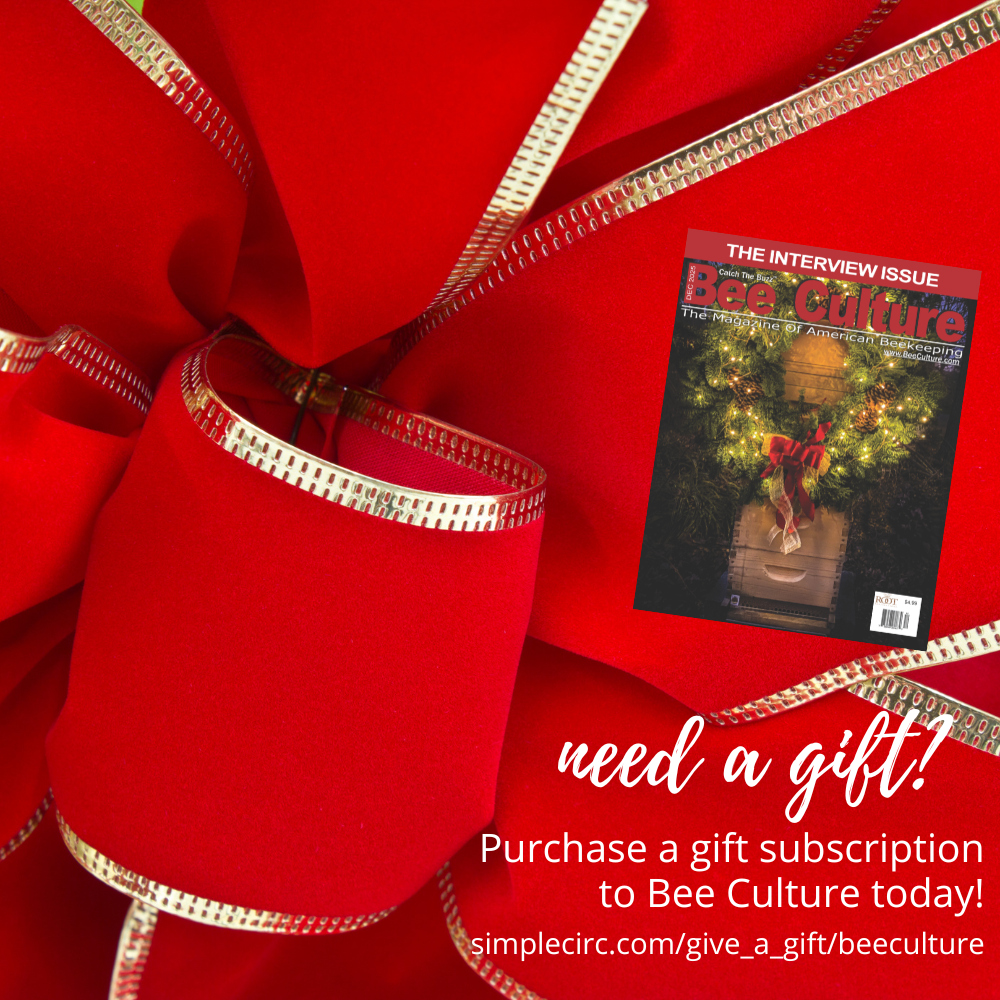By: Gail Damerow
This article originally appeared in the Autumn 2016 issue of BEEKeeping Your First Three Years
Honey bees make up less than one percent of all bee species, but are the best known and most widely studied bee, thanks to their significant contributions to agriculture, science, and the economy. Here are 20 more fascinating facts about honey bees:
1. The Western honey bee (Apis mellifera) is found on all continents except Antarctica.*
2. Honey bees are not native to North America, but were brought here in the 1600s by European colonists.**
3. Within the single species of honey bee found in North America, individuals are highly variable in color, even within the same colony. **
4. Industrious honey bees produce five products that are beneficial to both bees and humans: thick and syrupy honey, bees wax, protein-rich royal jelly, a mixture of wax and resins called propolis, and venom called apitoxin. *
5. The duties of a worker bee include cleaning brood cells, feeding larvae, feeding drones, feeding the queen, producing wax, building brood cells and honeycomb, sealing full honeycombs, attending the queen, storing pollen, removing dead larvae and workers, fanning the hive to maintain a constant temperature, carrying water, foraging for pollen and nectar, and defending the colony.**
6. A worker bee’s job description changes as she ages and matures: she sequentially takes on various tasks within the hive until, for approximately the last half of her life, she becomes an active forager.**
7. Hard working honey bees have short life spans: foraging workers live only about one month; drones live for 3 months, or until they mate; the hive queen can live for several years.*
8. Unlike other bees, which are active based on the season, honey bees are active primarily on the basis of temperature, becoming most active between the temperatures of 60°F and 105°F.*
9. Because of their ability to forage under a wide range of temperatures, in contrast to native bees, honey bees are active somewhere in North America during every month of the year.*
10. Honey bees communicate information about the distance, direction, and quality of a food source by dancing, during which they transmit information by means of vibrations, sounds, movement, and scents.*
11. Honey bees head-butt: If a dancing bee communicates a source of food where another bee has spotted danger, the other bee may head-butt the dancer to top the dance as a signal to other workers to stay away from the location.*
12. During three mating flights, a queen is typically mated by, and stores semen from, about a dozen different drones, although a single female may be mated by as many as 29 genetically distinct drones.*
13. A queen stores semen in her body for 2 to 7 years and chooses whether to lay an unfertilized egg (which will develop into a male bee) or fertilize the egg (which will develop into a worker or a new queen).**
14. A queen bee can lay up to 2,000 eggs a day, more than her own body weight. **
15. The reason honeycomb is designed in hexagonal cells is because six-sided walls allow bees to produce the greatest number of cells with the least amount of wax.**
16. Unlike many similar-looking native North American bees, honey bees may be seen dangling their legs as they fly from flower to flower.**
1 7. The honey bee genome has been sequenced and is about one-tenth the size of the human genome.*
18. Honey bees have been trained to detect explosives through their highly refined sense of smell, which otherwise is used to find food sources; when a trained bee detects the odor of an explosive it sticks out its tongue.*
19. Honey bees are the only bees with barbed stings and therefore the only bees that sting only once and then die after stinging; the sting’s harpoon-like barbs catch in the victim’s skin and, as the bee pulls away, she suffers a mortal wound when the sting organs are ripped out of her abdomen.**
20. Beekeepers shouldn’t eat bananas: A stinging honey bee releases an alarm pheromone to attract other bees to assist in the attack, and this pheromone smells remarkably like bananas.*
These facts were gleaned from the following two books, each of which contains many more fascinating facts about honey bees and other species:
* The Bee, A Natural History by Noah Wilson Rich http://press.princeton.edu/titles/10336.html
**The Bees In Your Backyard, A Guide to North America’s Bees by Joseph S. Wilson & Olivia Messinger Carril http://press.princeton.edu/titles/10593.html










